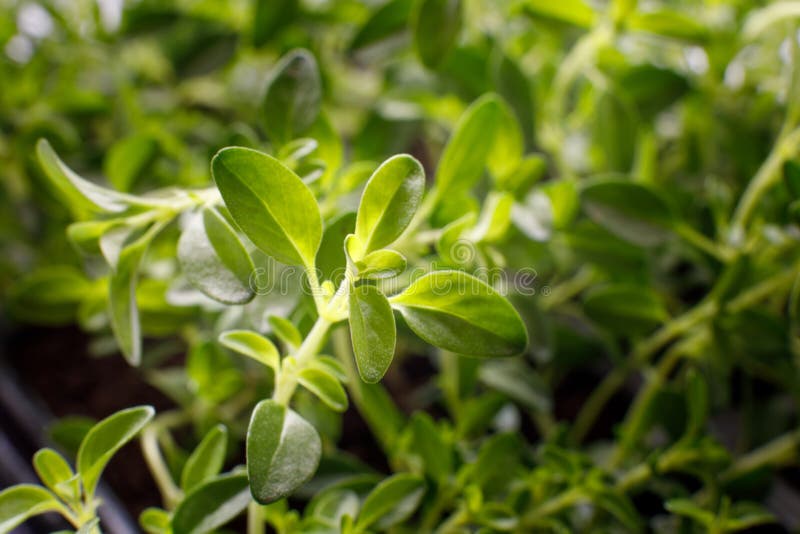
For mint family herbs, make the cut a few inches down the stem and just above a set of leaves.For drying or freezing, gather only as much as you can dry or freeze at one time.For fresh use, gather only what you will use each day.This time is usually just after the dew has dried and before the heat of the day begins. Mid-morning hours are the best time to pick herbs, as this is when oil content is highest.Many herbs will have the best flavor if harvested just before flowering.Harvest culinary herbs throughout the growing season by snipping sprigs and leaves as needed.You may leave the pot in place over winter, since mints are quite winter hardy. Sink them into the garden soil again in May.Ī large unglazed clay pot, or a large plastic bucket with the bottom removed, sunk into your garden is also a way to contain invasive mints, including catnip. Keep them out of direct sunlight at first. In April, start taking your potted herbs outside on warm days, and bringing them back in at night. Do not use too much of the foliage in cooking, as the plants will be unable to recover from the harvest until they go back outside. Water them only as necessary when the soil feels dry. They will not thrive during the darker days of winter. Your herbs may drop a few leaves after you bring them indoors. They can spread pests to any other indoor plants you may have. Inspect your herbs for insect infestation and treat them before bringing the plants inside. The porous clay will allow water and nutrients to pass from the soil into the pot.Īs the days start to cool off in September, dig the pots up and clean them off. In spring, sink the entire pot in your garden. Plant the herbs in unglazed clay pots filled with potting mix. Although Minnesota winters can be too cold for these plants, they thrive in hot, sunny Minnesota summers. You can grow a rosemary shrub, flowering lavender, bay tree or a fragrant sage that otherwise might die during a harsh winter. Thyme leaves can also be dried by spreading them on a cookie sheet for a day or so in a warm dry area.Grow perennial herbs that are not winter-hardy in Minnesota with a mixed indoor-outdoor regime. The stems can be stewed in stock to release their flavor but remember to strain them out. Pick off the leaves or simply run your thumb and index finger down the length of the stem to push off the leaves.Ĭhop the leaves or add them whole to sauces, soups and other dishes. You can start using your thyme as soon as the plant has plenty of foliage. Growing thyme indoors allows you to have a constant ready supply of fresh seasoning. Begin by exposing the potted thyme to a semi-shade location to acclimate it to outdoor light and temperatures. Thyme growing indoors will benefit from relocation to the outdoors in summer. Thyme plants divide easily when repotted to reproduce even more plants. You’ll know it’s time when the roots are growing out of the bottom of the container. Potted Thyme CareĬontainer grown thyme needs to be repotted every season or two depending on the size of the pot and rate of growth. Removal of flowers increases foliage production.

Trim off flowers and dry them for a sachet or use them in tea. Water completely each time but allow the pot to dry before watering again.įertilize thyme with a weak solution of fish emulsion or liquid seaweed, diluted by half every two weeks.Ĭut back overly woody stems on the thyme plant to force fresh new growth. Herb care for plants indoors is much the same as for those outdoors.

Growing thyme inside will require temperatures in the daytime around 60 F. Once the thyme has been planted, place the container in a southern- or western-facing window if possible.

The best results will be found when thyme is planted where it receives six hours of daylight. Thyme can tolerate indirect light, which makes it perfect for the kitchen herb garden. The container should have at least one large drainage hole.Ī good mix of sand, potting soil, peat moss and perlite will provide adequate nutrients and drainage. Other types of pots will suffice, but a clay pot will allow the thyme herb to dry out between watering and prevent overly wet roots as thyme isn’t tolerant of soggy root conditions. An excellent container for growing thyme is a clay planter. Thyme is both a culinary and aromatic herb. Growing thyme inside is one of the easiest indoor herbs to cultivate. Growing thyme indoors requires plenty of sunshine and well drained soil. It adds a delicate aroma and almost grassy spice to any dish. What could be better than having the scents and flavors near at hand in the kitchen? Thyme ( Thymus vulgaris) is a useful herb that can be used in a variety of ways. Fresh available herbs are a delight for the home cook.


 0 kommentar(er)
0 kommentar(er)
